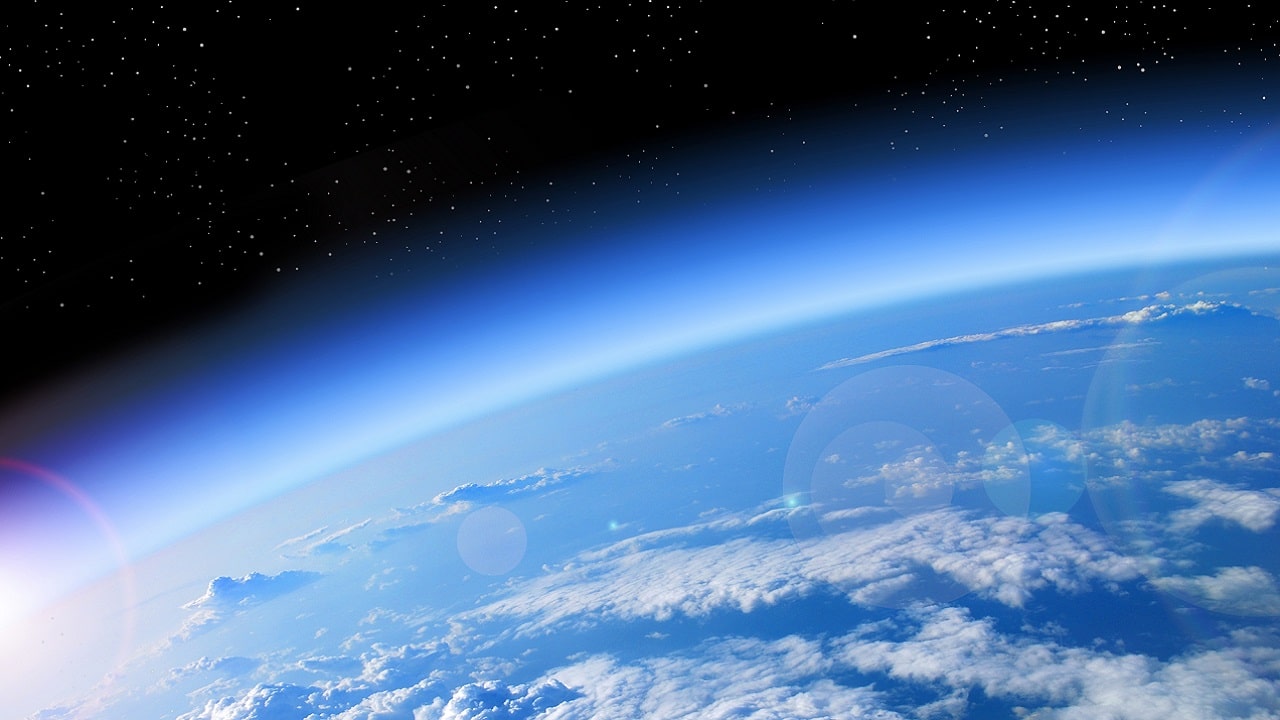l payload della ESA ARIEL mission (Atmospheric Remote-sensing Infrared Exoplanet Large-survey), the future exoplanet investigator, has successfully passed the Preliminary Design Review (PDR). The European consortium of ARIEL, of which they are part ASI, INAF and University of Florence, worked for nine months on the technical documentation aimed at evaluating the feasibility, performance and robustness of the payload design, in order to ensure that the designed systems were able to meet the technical, scientific and operational requirements of the mission. In May 2023 the ESA review committee confirmed the completion of the PDR.
The ARIEL mission is ready to proceed to the last step
A crucial step for the mission, which can now proceed to the last step before the production phase, the Critical Design Review.
“ASI is satisfied with the positive conclusion of the PDR, which rewards the work done by the national scientific team and the companies involved”, commented Barbara Black, head of Human Flight and Scientific Experimentation of ASI. “The main Italian contribution to the Ariel mission payload is the construction and testing of the telescope, a very demanding project not only for the cryogenic environment in which it will have to work (-220°C), but also for the material to be used and for the its elliptical shape. In the Ariel mission there are also other important Italian responsibilities: the instrument control electronics (ICU) and the role of our scientists at the payload system level for the electronic and thermal aspects”.
“We are very satisfied with the success of this crucial phase of the journey that will lead us to the launch of Ariel” comment the INAF researcher Giusi micelle, one of the two Italian coPIs of the mission and member of the Ariel Science Team for ESA. “Italy has important scientific and technological responsibilities in the mission and the result obtained is the result of the great work done by the team, who worked hard and tirelessly, with a great spirit of sacrifice and adaptation to situations.
Samsung Summer festival – Check out the hottest deals here
The Italian community, with its commitment and talent, is actively contributing to many aspects of the mission. Furthermore, we are happy to see a growing involvement of enthusiastic young researchers, who will have the opportunity to make the most of the rich scientific opportunities offered by Ariel. The next few years will be challenging but certainly rewarding for the whole community”.
Here’s what ARIEL will observe for the mission
Dedicated to the study of the atmospheres of planets orbiting stars other than the Sun, ARIEL will observe a diverse sample of exoplanets ‒ from gas giants to Neptunian-type planets, super-Earths and terrestrial planets ‒ in the frequencies of visible light and infrared.
It will be the first space mission to carry out a ‘census’ of the chemical composition of planetary atmospheres, providing fundamental clues for understanding the mechanisms of formation and evolution of planets beyond the Solar System. The mission will investigate the role of our planetary system in the cosmic context, addressing the complex questions concerning the origin of life in the Universe.
Ariel’s telescope, this is how it is composed
Ariel’s eye, and telescope with an elliptical mirror one meter in diameter to collect visible and infrared light from distant planetary systems, it will be made in Italy, as will part of the on-board electronics. By breaking down the light into all its ‘colours’ using spectrometers it will be possible to identify the chemical elements present in the atmospheres of the exoplanets observed during their passage, or transit, in front of or behind the star.
“The Ariel space mission is relevant both from a scientific point of view, because the atmospheres of distant planets orbiting other stars will be studied, and from a technological point of view, because the telescope, its structure and all-aluminum mirrors are innovative”, commented Emmanuel Pace, national project manager of the Italian contribution to the mission.
“Italy, and in particular the University of Florence, is responsible for this telescope designed in collaboration with INAF, CNR-IFN and La Sapienza University of Rome; the structure will be created by Leonardo and the mirrors by Media Lario. We are particularly proud to have mastered a high-stakes technological challenge; when it is completed in 2026 it will represent a national excellence in the world.
As head of national project management, the team of the University of Florence also leads the development of on-board electronics carried out by INAF – Arcetri Observatory with the Kayser Italia company and of the control and data acquisition software, produced by INAF – Institute of Astrophysics and Space Planetology. As you can therefore see, Italy is largely involved and a protagonist in this ESA mission”.
When is the launch of ARIEL expected
The ARIEL mission, whose launch is scheduled for 2029, it was developed by a consortium involving more than fifty institutes from 17 European nations, as well as an external contribution from NASA, coordinated by University College London, JAXA and the Canadian Space Agency (CSA). Italy, with the support and coordination of the Italian Space Agency, is among the main contributors with the National Institute of Astrophysics and the University of Florence, the CNR of Padua and the Sapienza University of Rome.
Lego SPA NASA Apollo 11 Saturn-V Ideas Offer Includes one meter tall model (approximately 1:110 scale) of the NASA Apollo Saturn V; the first stage of the detachable rocket…Apollo spacecraft consists of the lunar shuttle and the lunar orbiterAlso included are 3 new astronaut microfigures to be released in June 2017
